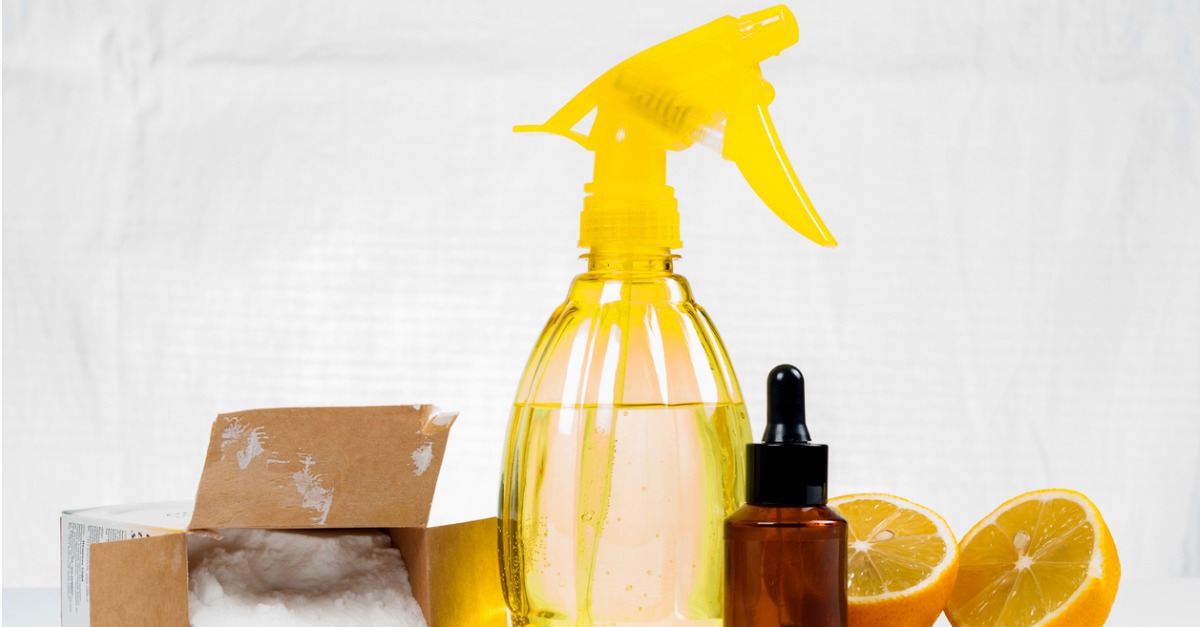Everyone wants to keep a clean home. Regularly washing, vacuuming and wiping surfaces around the house is certainly essential, but you can give yourself extra peace of mind by using materials that have proven antimicrobial powers. From countertops to doorknobs, these surfaces are perfect for designing a stylish home that naturally combats germs.
Copper Alloy
Copper, brass and bronze are well-known for their ability to quickly kill a wide variety of pathogens, like viruses, bacteria and fungi. If that’s not enough to get excited about, they’re ideal materials for high-traffic areas around the house, such as cabinet pulls and doorknobs, so you can create a timeless aesthetic without having to worry about any lingering germs.
Quartz
It’s crucial to keep your kitchen and bathroom countertops free of harmful microorganisms. After all, these are the surfaces where you prepare food or keep your toothbrush, so it’s important to ensure that they aren’t contaminated. Fortunately, quartz is a stylish option to use for countertops as it can prevent the spread of pathogens due to the fact that it’s nonporous. Taking that a step further, many of today’s engineered quartz options are made with an antimicrobial compound that proactively kills germs.
Bamboo
In recent years, bamboo has become a popular choice for environmentally conscious homeowners because it’s highly sustainable. Additionally, this fast-growing species of grass is nonporous and has naturally antibacterial capabilities. Whether you want to use it for your floors or countertops, bamboo is particularly well-suited for areas that are prone to collecting germs around the house.
Cork
Cork flooring never ceases to amaze. It’s sustainable, fire-resistant and, of course, boasts antimicrobial properties to protect the whole family from harmful organisms that find their way into your home. Made from the bark of cork oak trees, this long-lasting wood is an excellent option to use throughout the home and is sure to lend warm, visual appeal.












